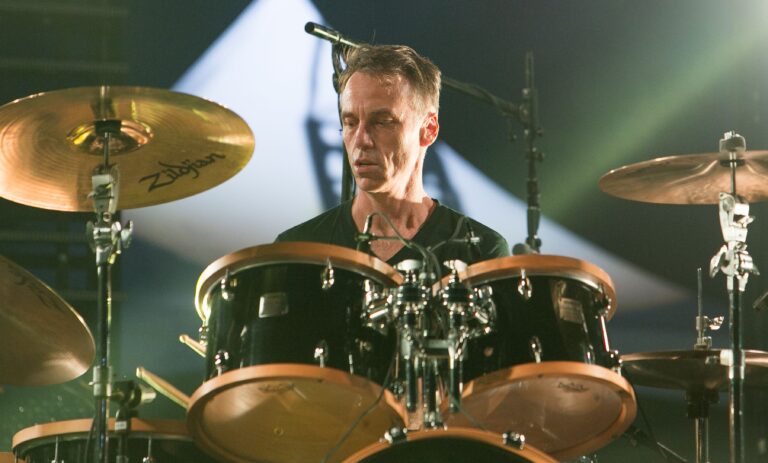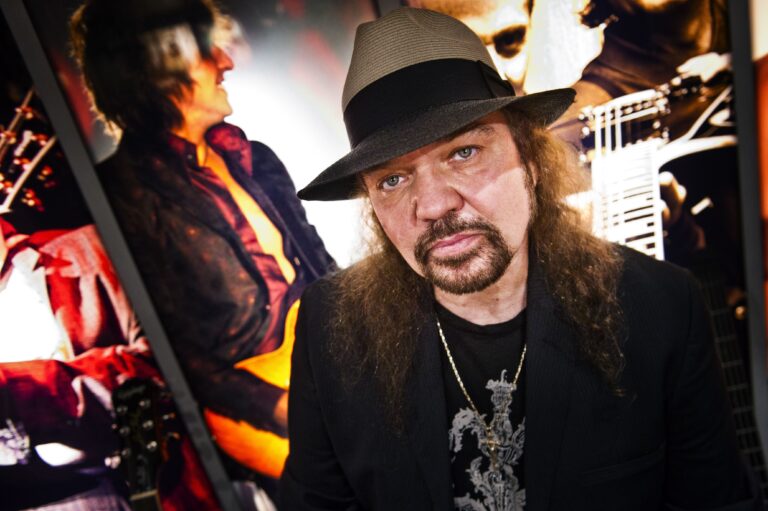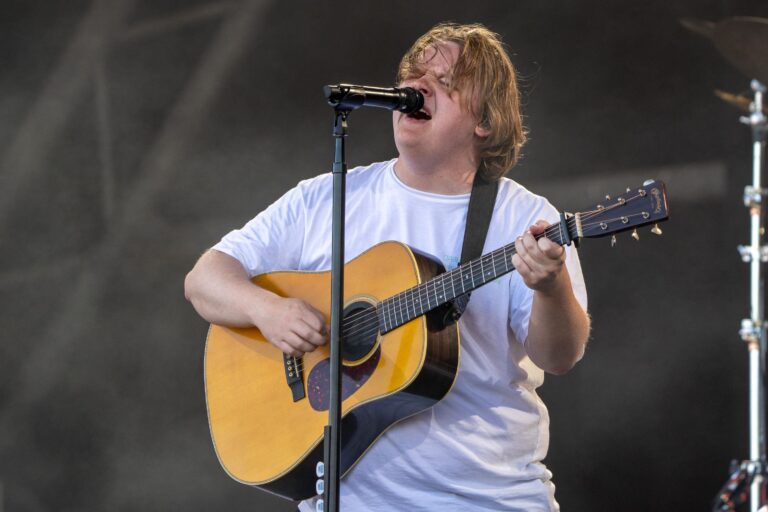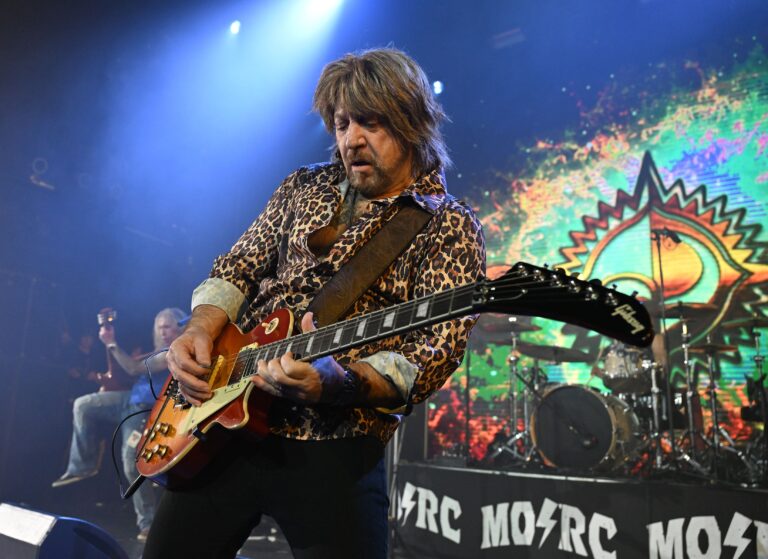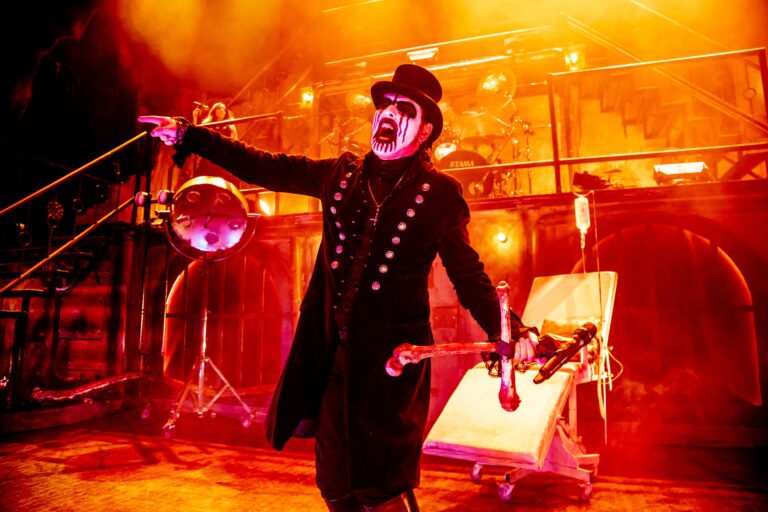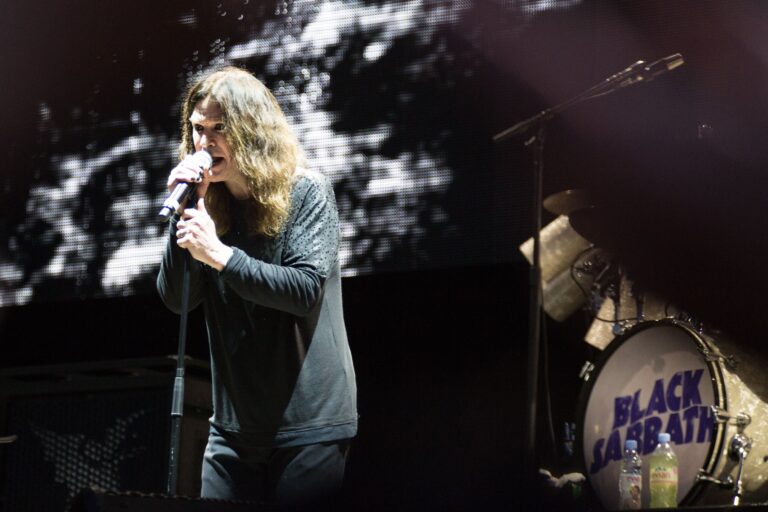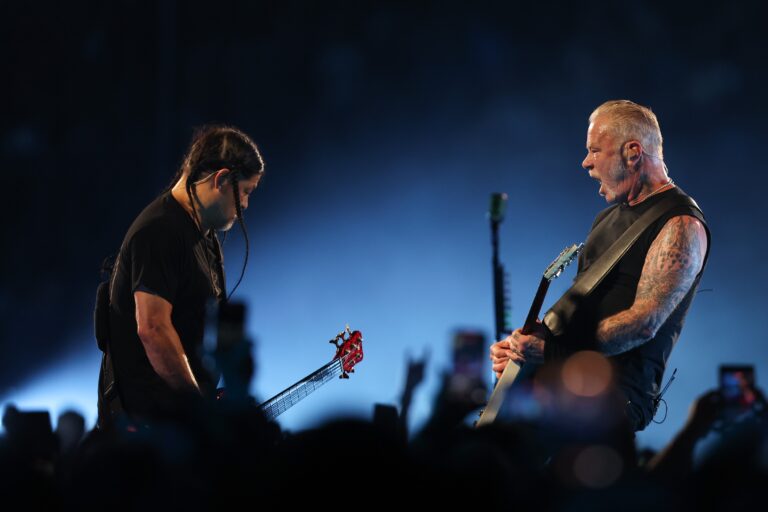
Los Angeles Hotel Made Famous by The Doors Burns to the Ground

On December 26, 2024, an iconic structure in downtown Los Angeles, the Morrison Hotel, most famously seen on the cover of The Doors' fifth album, was severely damaged by a two-hour-long fire. A team of over 100 firefighters from 17 different companies battled the blaze on South Hope Street, ultimately rescuing several people from the burning building. The photograph of Morrison Hotel that graced the cover of the 1970 album shows the band seated behind the lobby window, an image captured clandestinely by photographer Henry Diltz after a hotel clerk briefly left the front desk. Alongside Jim Morrison, band members Robbie Krieger, Ray Manzarek, and John Densmore posed underneath the red-lettered hotel name.
The Morrison Hotel has had a storied past since its opening in 1914, transitioning from a low-budget accommodation option to a cultural icon associated with The Doors. It gained a unique place in rock history because of its association with the band, but in recent years, it encountered neglect and financial difficulties. In 2013, the building was sold to the AIDS Healthcare Foundation for nearly $12 million with the vision of transforming it into more than 100 affordable housing units. However, efforts to refurbish the infrastructure were stalled, leaving the structure as a relic of both its historic root and modern decay.
The recent fire has now made the Morrison Hotel unsuitable for habitation due to the significant structural damage and roof collapse. The fire department, upon inspection, found multiple unhoused individuals using the facility as temporary shelter, highlighting a recurring citywide issue of vacant buildings becoming refuge points. The foundation's challenges to secure the site proved arduous as intruders continuously returned even after a series of lock reinforcements. This incident has put the landmark's future in jeopardy, with its cultural significance contrasted starkly by its state of disrepair.
Henry Diltz, reflecting on both the visual and historical footprints of the Morrison Hotel, expressed grief over the fire's impact. His captured image for the band remains an iconic portrayal of The Doors' integration into the 1970s rock legacy. The photo shoot itself involved a quick and risk-filled maneuver, as Diltz seized the opportune moment in the absence of the hotel's desk clerk, producing one roll of film that would forever embed Morrison Hotel into rock history. Despite its current physical state, the Morrison Hotel's imagery persists in rock culture, immortalizing The Doors' comeback to their roots with the *Morrison Hotel* album following Jim Morrison's controversial Miami arrest.
Although the building's future remains uncertain, the Morrison Hotel continues to resonate within the music community as a landmark rooted in mystique and its contribution to the narrative of The Doors. The album associated with the building was a return to form for the band, with tracks like “Roadhouse Blues” becoming anthems for their storied career. The album cover not only reimagined the Morrison Hotel within the legacy of the band but established the venue as a symbol in its own right, despite its status as a “funky old flop house” recalled by Diltz.
Key Takeaways
-
www.billboard.com | The Morrison Hotel, featured on the cover of The Doors' 1970 album, was destroyed by fire in downtown Los Angeles.
-
www.hollywoodreporter.com | Over 100 firefighters were needed to control the blaze at the Morrison Hotel, which involved several dozen people escaping, including homeless individuals using it for shelter.
-
www.theguardian.com | The historic Morrison Hotel, originally built in 1914, had been vacant for over a decade before catching fire.
-
www.loudersound.com | Photographer Henry Diltz captured The Doors at the Morrison Hotel in a famous 1969 photo shoot that happened when the hotel clerk momentarily stepped away.
-
www.hollywoodreporter.com | The damaged Morrison Hotel was owned by the AIDS Healthcare Foundation, which planned to transform it into more than 100 affordable housing units.
-
ultimateclassicrock.com | Music photographer Henry Diltz commented on the hotel's iconic status and the spontaneity of the legendary 1969 photo session with The Doors.







